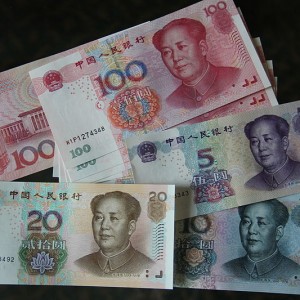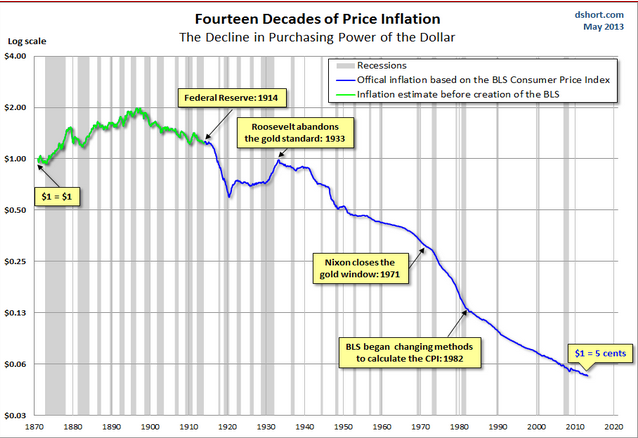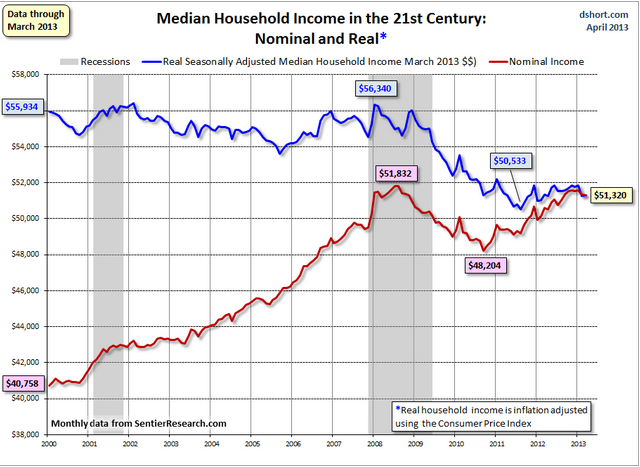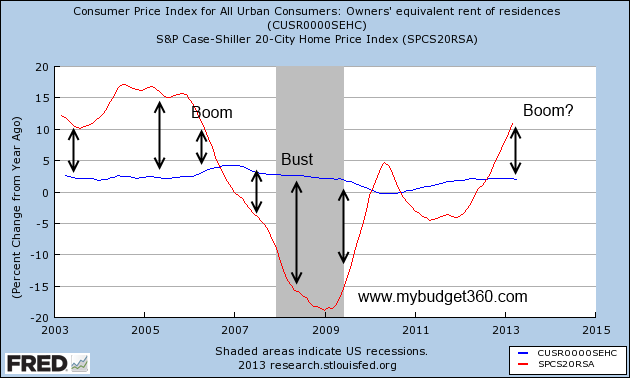Average down payment dropped to 16.1% last month, one survey finds
Aside from rising home prices and reports of bidding wars, here’s one
sure sign the housing market is improving: banks seem to be loosening
standards for down payments.
The average down payment in purchases with a 30-year fixed rate mortgage
dropped to 16.1% nationwide in May from 17.6% two years ago, according
to a report released Monday by LendingTree, an online mortgage
marketplace. In some states, like Mississippi and West Virginia, the
average down payments are as low as 12%, the survey found.
Washington isn’t just neckties and politics anymore. Lauren Schuker Blum has an inside look at the D.C. real-estate boom. Photo: Eli Meir Kaplan for The Wall Street Journal
After sustaining huge losses during the financial crisis when borrowers —
many of whom put no money down — foreclosed, lenders raised credit
standards, with many requiring 20% down payments. But now that the
broader economic picture has improved, some banks are willing to approve
mortgages with much smaller down payments. “Lenders have increasing
confidence that the loans they’re originating today are less likely to
default,” says Doug Lebda, founder and chief executive of LendingTree.
For prospective home buyers, smaller down payments can make it easier to
take advantage of today’s lower interest rates and home prices, says
Lebda. Homeowners can also use any cash they’re not putting toward the
loan to cover other expenses like home improvements and furniture, he
says. They might also keep extra money on hand as a cash cushion to
cover emergencies, he says.
But the decision to buy a home with less money down could come with
consequences. Homeowners with little equity in their property could have
a hard time selling their homes down the line if home prices decline,
says Keith Gumbinger, vice president with HSH.com, a mortgage
information website. They could find themselves owing more than their
homes are worth, says Gumbinger, as many have in recent years. This
could force them to stay in the home longer than they would like while
they wait for home prices to rise.

Reuters
And even if their homes aren’t technically under water, some people with
slim equity stakes in their homes may still struggle to sell the house,
advisers caution. They may find that the size of their loan, combined
with the costs of selling the house, such as a broker commission and
property upgrades, could add up to more than the sale price, says Scott
Halliwell, a financial planner with USAA. “When you tell someone to put a
20% down payment you’re trying to help them prepare for the
unforeseen,” he says.
Borrowers who put down less than 20% are also typically required to make
larger monthly mortgage payments and may pay more in interest, says
Lebda. And in a competitive housing market, the buyer offering a smaller
down payment, say 5%, might lose out to a competing offer from a person
who is willing to pay 20% of the loan up front, says Lebda.
The shrinking down payments are partly due to the growth of mortgage
insurance, which is typically required for homebuyers who want to put
less than 20% down, says Gumbinger. Insurers became more willing to
offer the coverage as the credit quality of borrowers improved. Could
this eventually lead to a comeback of no-money down mortgages? “ I would
never say never,” says Gumbinger.














